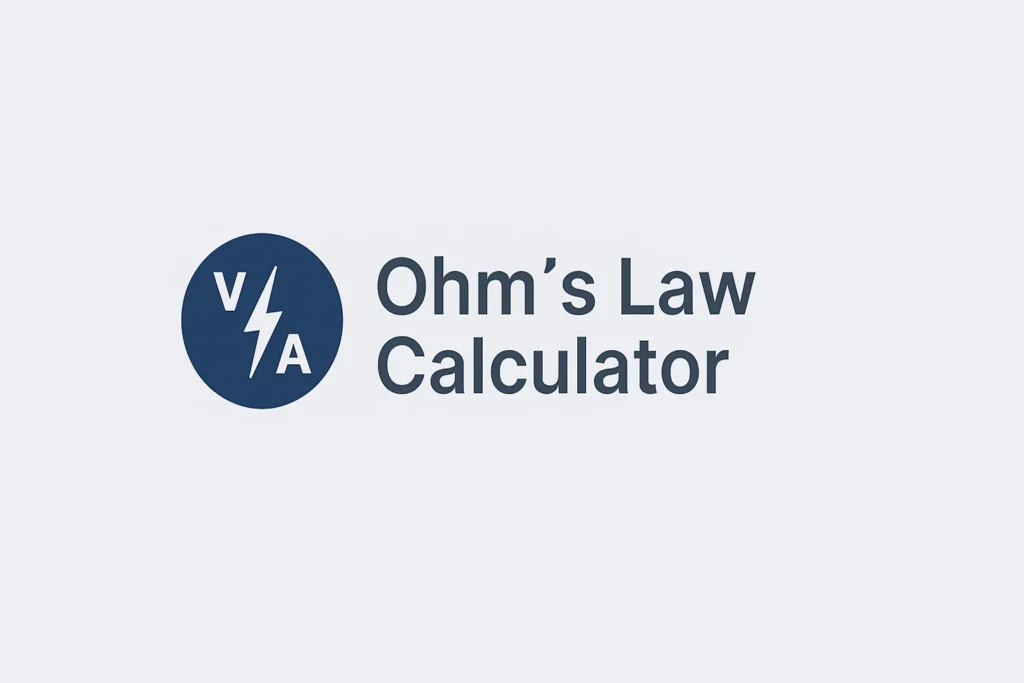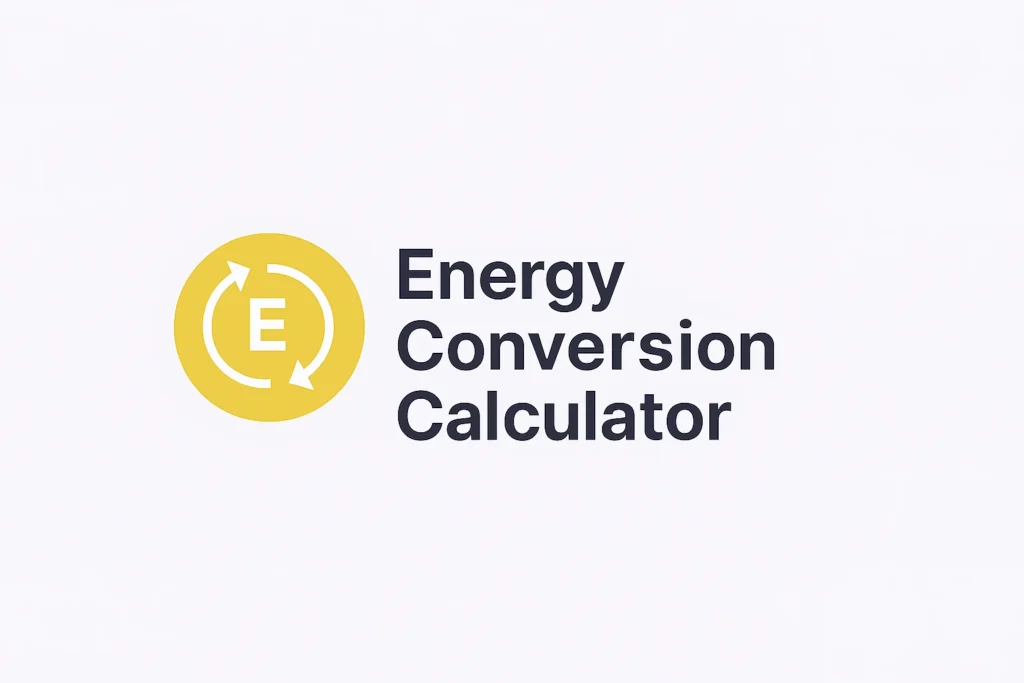Hydraulic Cylinder Calculator
Leave blank if calculating $P$.
Leave blank if calculating $F$.
Calculation Results
About the Hydraulic Cylinder Calculator
Usefulness for Professionals
This Hydraulic Cylinder Calculator is an essential tool for engineers, hydraulic system designers, students, and maintenance professionals. It allows for quick and accurate determination of key cylinder parameters. Engineers use these calculations to size cylinders for required tasks (e.g., lifting a specific load, $F$), select the appropriate pump/power pack (which determines the operating pressure, $P$), and ensure the structural integrity of the cylinder components. Students gain a practical understanding of fundamental fluid mechanics principles by seeing how changes in diameter, pressure, or force instantly affect the other variables. For maintenance, it helps in troubleshooting by comparing theoretical values to field measurements.
Step-by-Step Instructions
- Enter Piston Diameter $(D)$: Input the diameter of the cylinder piston in meters ($\text{m}$). This value is mandatory to calculate the piston area.
-
Enter Known Values: Decide which remaining variable you know—Pressure $(P)$ or Force $(F)$.
- If you know the required Pressure ($P$), enter it in Pascals ($\text{Pa}$) to calculate the resulting Force ($F$).
- If you know the required Force ($F$), enter it in Newtons ($\text{N}$) to calculate the necessary Pressure ($P$).
- Note: You must enter at most one of $P$ or $F$. If you enter both, the calculator will only use $D$ and $P$ to calculate $F$. If you leave both blank, only the Area ($A$) will be calculated.
- Calculate: Click the “Calculate Cylinder Properties” button.
- Review Results: The results section will appear below, showing the calculated Piston Area ($A$), Force ($F$), and Pressure ($P$).
Main Formulas
The calculations rely on the following fundamental relationships:
Where $A$ is the piston area in $\text{m}^2$ and $D$ is the piston diameter in $\text{m}$.
Where $F$ is the force in $\text{N}$, $P$ is the pressure in $\text{Pa}$, and $A$ is the area in $\text{m}^2$. This formula is derived from Pascal’s Principle.
This is the rearranged form used to calculate the necessary pressure to achieve a required force.
Units Key: $A$ = piston area ($\text{m}^2$); $D$ = piston diameter ($\text{m}$); $F$ = force ($\text{N}$); $P$ = pressure ($\text{Pa}$).





